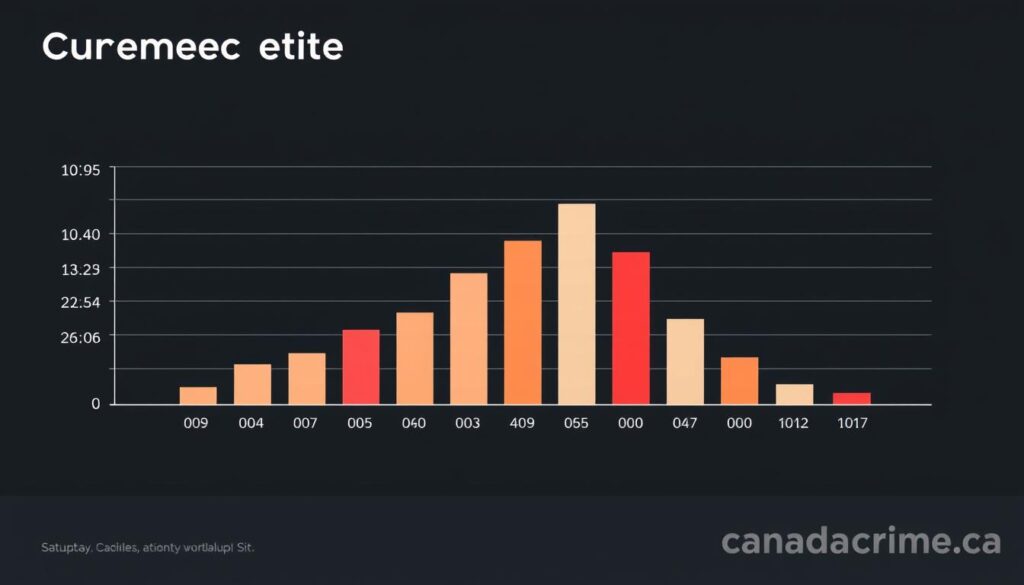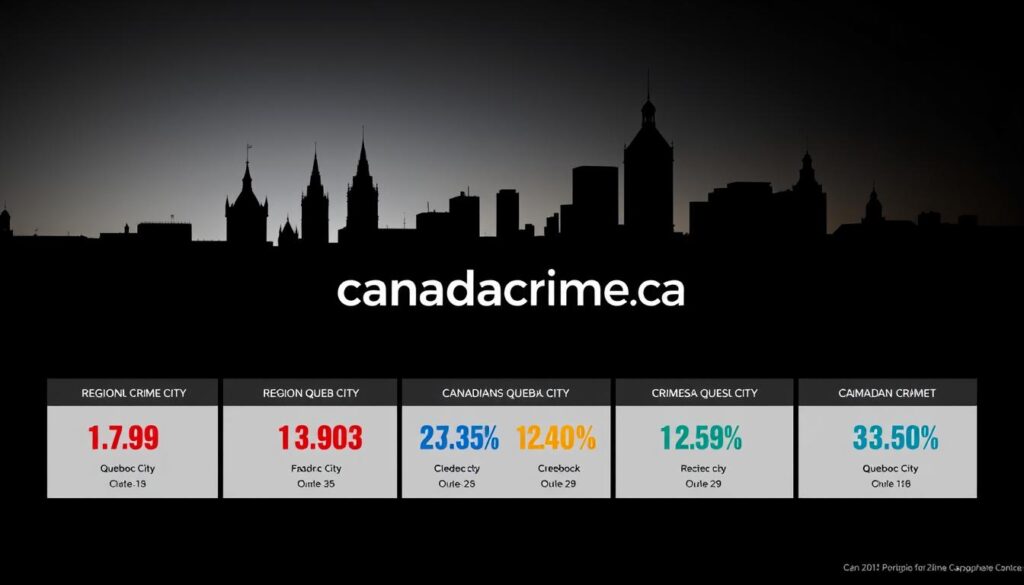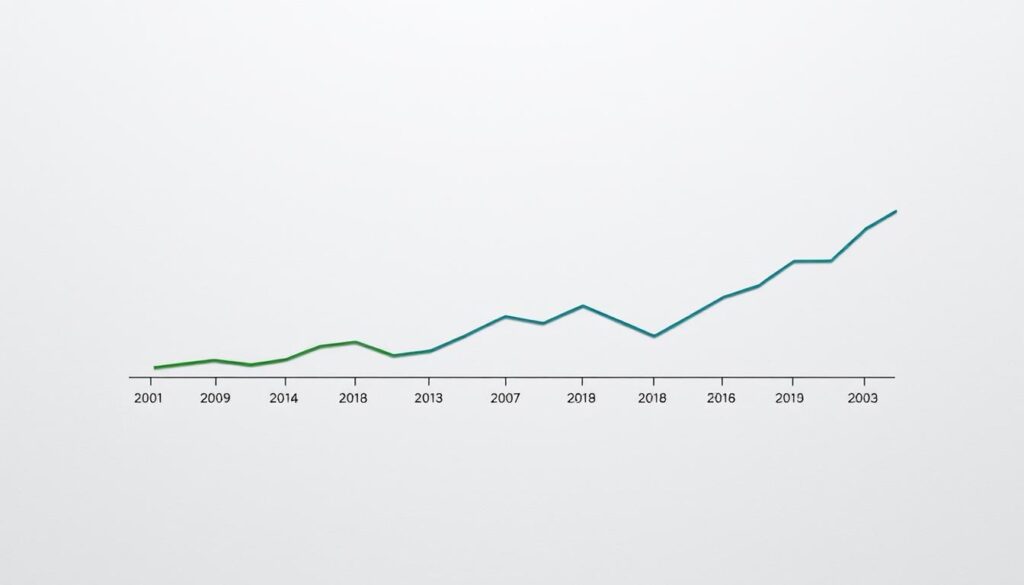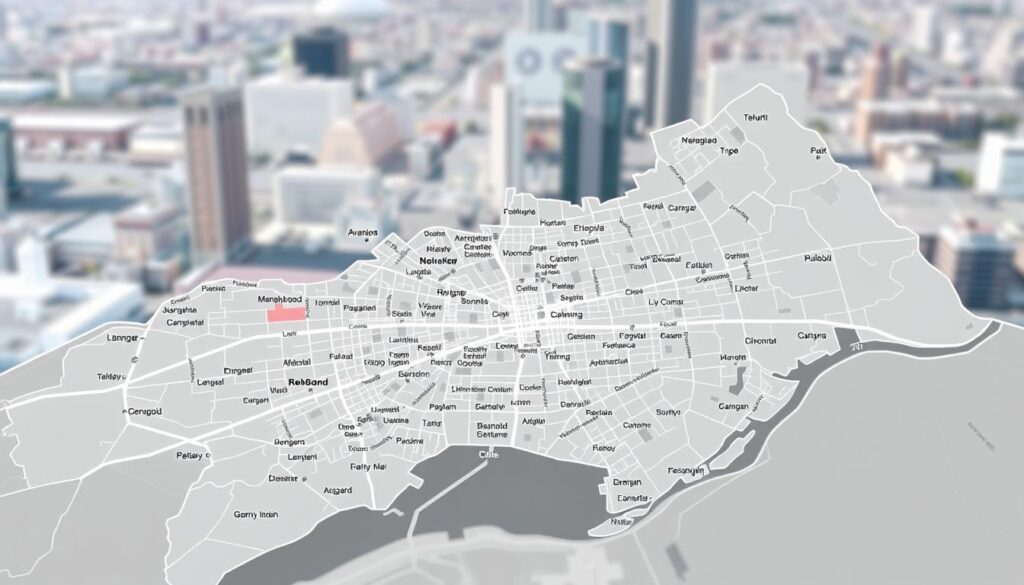Quebec City stands out as one of Canada’s safest major urban centers, boasting a low Crime Severity Index (CSI) score. With an average Overall CSI Score of 45.73 from 2019 to 2023, it ranks among the lowest in the country.
This comprehensive analysis delves into the current crime landscape of Quebec City, providing detailed statistics and trends to understand its safety profile. By examining how Quebec City compares to national averages in terms of both violent and property crime, we gain valuable insights into its safety.
Understanding these trends is crucial for residents, visitors, and policymakers to make informed decisions about safety measures and community development. The data reveals that Quebec City has maintained its position as one of Canada’s safest cities, making it an attractive place to live and visit.
Current Crime Rate in Quebec City
Understanding the current crime rate in Quebec City is crucial for assessing its safety. Quebec City, a significant cultural and historical hub in Canada, has crime statistics that are noteworthy for both residents and potential visitors.
Overall Crime Statistics
Quebec City reports a total of 21,449 crime incidents, translating to 3,654 incidents per 100,000 population. This rate is significantly lower than the national average of 5,856 incidents per 100,000 population. The total crime rate stands at 2,520 per 100,000 population, approximately 40% lower than the Canadian national average.
Violent vs. Property Crime Breakdown
The breakdown between violent and property crime in Quebec City reveals interesting insights. Violent crime is recorded at 854 incidents per 100,000 population, which is 18% lower than the national average of 1,042. On the other hand, property crime, which constitutes the majority of criminal incidents, stands at 1,666 incidents per 100,000 population. This is substantially lower than the national average of 3,181.

According to Statistics Canada, residents of Quebec City have approximately a 1 in 40 chance of becoming a victim of crime, making it one of the safer major urban centers in Canada. The data highlights that while crime exists, Quebec City maintains a relatively safe environment compared to other major cities.
| Crime Type | Quebec City Rate (per 100,000) | National Average (per 100,000) |
|---|---|---|
| Total Crime Incidents | 3,654 | 5,856 |
| Violent Crime | 854 | 1,042 |
| Property Crime | 1,666 | 3,181 |
As Statistics Canada data indicates, the lower crime rates in Quebec City contribute to its reputation as a safe city. This information is crucial for individuals considering moving to or visiting Quebec City, as it provides a clear picture of the city’s safety landscape.
Quebec City’s Position in Canada’s Crime Landscape
When examining crime data across Canada, Quebec City emerges as a standout example of safety. This city’s crime statistics offer valuable insights into its position within the national crime landscape.
Crime Severity Index Ranking
Quebec City consistently ranks as the safest major metropolitan area in Canada, boasting an average Crime Severity Index (CSI) score of 45.73 between 2019 and 2023. This score is significantly lower than the national baseline of 100 set in 2006.
Comparison to National Averages
Compared to other major Canadian cities, Quebec City’s crime rate is substantially lower. For instance, cities like Winnipeg (125.82), Saskatoon (114.85), and Edmonton (105.16) have higher CSI scores. Quebec City’s crime rate is less than half of the national baseline, indicating a much safer environment.
| City | Average CSI Score (2019-2023) |
|---|---|
| Quebec City | 45.73 |
| Winnipeg | 125.82 |
| Saskatoon | 114.85 |
| Edmonton | 105.16 |
The data indicates that Quebec City is safer than 74% of cities in the United States, underscoring its exceptional safety profile within North America. Effective policing, community engagement, and social factors contribute to maintaining public safety in Quebec City.

Year-Over-Year Crime Rate Trends
Quebec City’s crime statistics have shown a promising trend, with a decrease in crime rates over the past year, aligning with broader crime reduction efforts. This downward trend is evident across various crime categories.

Recent Changes in Crime Patterns
The most recent data indicates a 5% year-over-year decrease in overall crime rates. Specifically, violent crime has decreased by 3.5%, while property crime has seen a more significant reduction of 5.1%.
Five-Year Trend Analysis
Analyzing the five-year trend, Quebec City has experienced a consistent decline in crime. The total crime rate has decreased by 4.5% over the past year, demonstrating the city’s ongoing success in crime reduction strategies.
- The total crime rate in Quebec City has decreased by 4.5% in the past year.
- Violent crime has decreased by approximately 3.5% over the past year.
- Property crime has seen a 5.1% reduction year-over-year.
These statistics underscore Quebec City’s commitment to improving community safety and reducing crime through effective strategies and initiatives.
Understanding the Crime Severity Index
To grasp the true nature of crime in Quebec City, it’s essential to delve into the Crime Severity Index (CSI), a sophisticated measurement tool that goes beyond mere crime rates by weighting offenses based on their severity.
The CSI is maintained by Statistics Canada and measures changes in the level of severity of crimes. Each crime is assigned a weight based on its seriousness, determined by actual sentences handed down by courts across all provinces and territories.
How the CSI Measures Crime
The CSI calculates the severity of crime by assigning weights to each offense based on actual court sentences, ensuring more serious crimes have a greater impact on the index. This methodology provides a nuanced view of crime trends.
Violent vs. Non-Violent Crime Index
The CSI is broken down into two key components: the Violent Crime Severity Index and the Non-Violent Crime Severity Index. The Violent Crime Severity Index measures violent crime, including offenses like uttering threats and forcible confinement, while the Non-Violent Crime Severity Index encompasses property crimes, traffic offenses, and other non-violent violations.
Understanding the CSI and its components is crucial for analyzing crime data effectively. The following table illustrates the difference between Violent and Non-Violent Crime Severity Indexes:
| Crime Type | Description | Examples |
|---|---|---|
| Violent Crime | Offenses that involve physical harm or threat of harm | Uttering threats, criminal harassment, forcible confinement |
| Non-Violent Crime | Offenses that do not involve physical harm or threat of harm | Property crimes, traffic offenses, drug violations |
As noted by a crime expert,
“The Crime Severity Index is a more accurate reflection of the crime landscape than traditional crime rates, as it takes into account the seriousness of the offenses.”

Crime Rate Quebec City: Neighborhood Analysis
Quebec City’s neighborhoods display a range of crime rates, from relatively safe to areas with higher crime incidence. Understanding these variations is crucial for residents, visitors, and law enforcement.

The city’s crime mapping data provides valuable insights into the relative safety of different areas. By examining crime heat maps and statistics, it’s clear that some neighborhoods have concentrated pockets of criminal activity, while others maintain exceptionally low crime rates.
Areas with Higher Crime Rates
Certain neighborhoods in Quebec City experience higher crime rates compared to others. For instance, areas with higher concentrations of violent and property crimes are identified through crime mapping data. Residents and visitors can benefit from being aware of these areas to make informed decisions.
Safest Districts in Quebec City
In contrast, some suburban communities surrounding Quebec City proper, such as Lac-Beauport, Boischatel, and Saint-Augustin-de-Desmaures, report lower crime rates than the city center. Notably, Lac-Beauport stands out with a total crime rate of just 809 per 100,000 people, less than one-third of Quebec City’s rate.
| Neighborhood | Crime Rate per 100,000 |
|---|---|
| Lac-Beauport | 809 |
| Boischatel | 950 |
| Saint-Augustin-de-Desmaures | 1,020 |
| Quebec City Center | 2,500 |
For more information on crime rates across Canada, you can explore resources such as Canada Crime Rate, which provides comprehensive data and insights into crime trends.
Demographic Factors in Quebec City Crime
Demographic analysis provides valuable insights into the crime landscape of Quebec City. By examining the characteristics of the population, we can better understand the factors that influence crime rates.
Age Group Analysis of Offenders
The age distribution of individuals charged with crimes in Quebec City reveals some interesting trends. Youths aged 12-17 have a charge rate of 1,255 per 100,000 population, slightly higher than adults at 1,203 per 100,000.
Socioeconomic Influences on Crime
Socioeconomic factors, including economic opportunities, education, and social support systems, play a significant role in shaping crime patterns in Quebec City. Understanding these influences is crucial for developing effective crime prevention strategies.
| Age Group | Charge Rate per 100,000 | National Average |
|---|---|---|
| All (12+ years) | 1,206 | 1,709 |
| Youths (12-17) | 1,255 | 1,108 |
| Adults (18+) | 1,203 | 1,757 |
The data indicates that Quebec City’s crime rates, across different age groups, are generally lower than the national averages. This suggests that the city’s demographic characteristics and socioeconomic factors contribute to its relatively safe environment.

Quebec City vs. Other Major Canadian Cities
A comparison of crime rates across Canadian cities reveals Quebec City’s exceptional safety record. With a population of 548,244, Quebec City has a total crime rate of 2,520 per 100,000.
Comparison with Similar-Sized Cities
Quebec City’s crime rate is lower compared to similar-sized cities. For instance, Surrey, BC, with a population of 560,150, reports a crime rate of 5,318 per 100,000, more than double Quebec City’s rate.
| City | Population | Crime Rate per 100,000 |
|---|---|---|
| Quebec City, QC | 548,244 | 2,520 |
| Surrey, BC | 560,150 | 5,318 |
| Halifax, NS | 451,852 | 3,823 |
| London, ON | 421,456 | 5,005 |
| Vancouver, BC | 694,440 | 5,289 |
Quebec City’s Safety Ranking Nationally
Quebec City is one of Canada’s safest major metropolitan areas, making it an attractive destination for families, businesses, and tourists concerned about safety.

The Canadian Criminal Code and Quebec City
Understanding the Canadian Criminal Code is essential to grasping how Quebec City addresses various crimes and violations. The Code provides a framework for categorizing and prosecuting crimes, influencing law enforcement practices and crime statistics.
Most Common Criminal Code Violations
Quebec City experiences a range of criminal code violations, with assault being among the most significant. Violent crimes like assault are given considerable weight in crime statistics and clearance rates.
Clearance Rates for Different Crimes
The clearance rate for crimes in Quebec City varies significantly between violent and property crimes. The overall clearance rate stands at 40%, with a notable difference between violent crimes (60%) and property crimes (28%).
| Crime Type | Clearance Rate |
|---|---|
| Overall Crimes | 40% |
| Violent Crimes | 60% |
| Property Crimes | 28% |
The weighted clearance system prioritizes more severe crimes, such as assault and robbery, reflecting the police forces’ focus on serious offenses. Meanwhile, traffic violations are also enforced as part of the broader Canadian Criminal Code enforcement strategy.

Crime Prevention Initiatives in Quebec City
Quebec City’s proactive stance on crime prevention has yielded significant results in recent years. The city has experienced a consistent downward trend in crime rates, suggesting effective prevention strategies.
Police and Community Programs
The city’s approach to crime prevention involves a collaborative effort between police forces and community organizations. Law enforcement agencies implement proactive policing strategies focusing on preventing crimes like assault and property theft.
Effectiveness of Prevention Strategies
The effectiveness of these prevention strategies is evident in the consistent year-over-year decrease in crime rates. The most recent data shows a 5% reduction across all crime categories, indicating that police and community programs are having a positive impact on the community.
| Prevention Strategy | Impact |
|---|---|
| Proactive Policing | Reduced crime rates |
| Community Programs | Empowered people to participate in public safety |
| Collaboration between Police and Community | Comprehensive safety network |
By engaging residents in neighborhood watch initiatives, youth mentoring, and public awareness campaigns, Quebec City empowers people to participate in maintaining public safety. The city’s crime prevention initiatives have been instrumental in shaping its safety landscape.

Conclusion: Quebec City’s Safety Outlook
Quebec City stands out as a beacon of safety in Canada, with crime rates significantly lower than the national average. According to Statistics Canada, violent crime is 18% lower than the national average, contributing to the city’s safe reputation.
Residents have a 1 in 40 chance of becoming a crime victim, enhancing the city’s high quality of life. With ongoing crime prevention strategies, Quebec City is expected to remain one of Canada’s safest major cities for years to come, despite emerging traffic and cyber violations.

